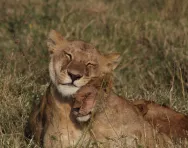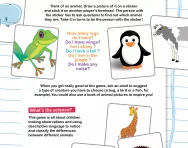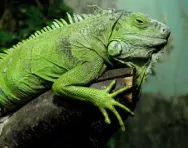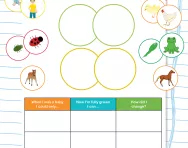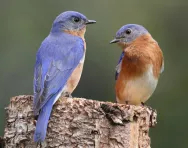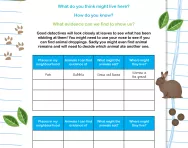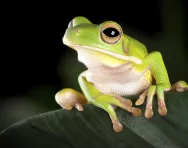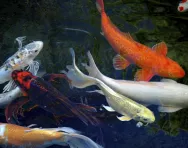Learning about animals in primary school

What are children taught about animals in primary school?
Animals are the living organisms on our planet. They feed on organic matter and can be classified according to their characteristics.

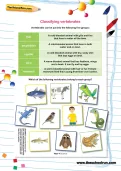
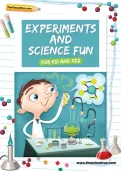
Download fantastic science resources today!
- Experiments And Science Fun pack
- Science Learning Programme for each school year
- All the instructions, questions and information you need
In primary school children learn about:
TheSchoolRun has a free Homework Gnome page with loads of links and information for each type of animal.
Animal classification: carnivores, herbivores, omnivores
Animals can be grouped according to what they eat.
Carnivores
Carnivores eat mainly meat and hunt their prey. Wolves, tigers, lions, foxes and owls are carnivores.
Herbivores
Herbivores eat mainly plants. Herbivores include rabbits, donkeys, horses, cows, sheep, giraffes, elephants, goats, parrots and tortoises.
Omnivores
Omnivores eat a mixture of plants and meat. Pigs, hedgehogs, humans and bears are all omnivores.
Animal classification: vertebrates and invertebrates
Animals can also be grouped according to their bone structure.
Invertebrates are animals which don’t have a skeleton (for example insects, spiders, snails).
Vertebrates do have a skeleton or backbone inside their bodies. Vertebrates include mammals, reptiles, birds and amphibians.
When are children taught about animals?
In Year 1 children begin by identifying and naming common animals including fish, amphibians, reptiles, birds and mammals. They will focus on the type of animals they and their peers keep as pets and animals they may come across in the local area. Children will begin to group animals according to what they eat. Children will be taught the different parts of animals (for example, birds have beaks and wings).
Year 2 children learn about the basic needs of animals (food, water, air) and how to care for pets and animals in the local environment. They also learn to match animals to their offspring (for example, a lamb grows into a sheep, a foal becomes a horse, etc.).
In Year 3 children learn that animals get nutrition from what they eat and compare animals' diets. They also look at animals' skeletons.
Year 4 children explore animal food chains (producers, predators and prey) and are taught how to classify animals according to their characteristics.
Year 5 children learn about animals who live in different habitats around the world (in rainforests, oceans, deserts) and also find out about animals of the past (for example those who lived in prehistoric times). They will compare and contrast these animals with those in the local environment. In Year 5 children explore the life cycles of different animals and compare those of mammals, amphibians, birds and insects. Children also learn about the different ways animals reproduce (for example, do they lay eggs or give birth to live young?).
In Year 6 children build on their knowledge of classifying animals by looking at sub-dividing. They compare and contrast invertebrates and vertebrates and may learn about famous scientists such as Charles Darwin and Carl Linnaeus.
How do children learn about animals in the primary classroom?
Children will work scientifically to learn about animals – observing and contrasting, identifying and classifying, grouping and sorting, measuring and asking questions. They will learn about animals through a wide range of activities and experiences such as:
- Matching and sorting pictures of animals and offspring
- Labelling pictures or plastic animals
- Observing animals via videos or first-hand experiences
- Grouping and classifying pictures and names of animals
- Using books and the internet to research different animals
- Going pond dipping or on school trips to visit farms, animal parks or sea-life centres
- Drawing diagrams of life cycles
- Creating their own video clips or podcasts about animals.
Some schools may keep animals or school pets such as chickens, fish, rabbits and tadpoles for children to care for and observe.
Animal activities to do at home:
- Visit the library and look for books about animals
- Talk to your child about how to be safe around animals in the local environment (for example dogs, cats, farm animals)
- Visit animal or farm parks, aquariums (many garden centres have fish sections), go pond dipping and to pet shops to look at the animals
- Discuss how to care for animals with your child. If you have a family pet you can involve them in the care of the animal for example feeding a fish or walking a dog (with adult support)
- Observe birds in the local area and try bird-spotting
- Choose a favourite animal and research it. Can you create an animal fact file together?

Give your child a headstart
- FREE articles & expert information
- FREE resources & activities
- FREE homework help













